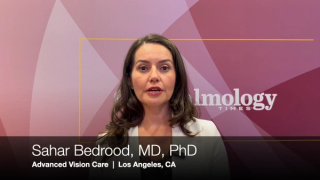
Technology
Latest News
Latest Videos

CME Content
More News
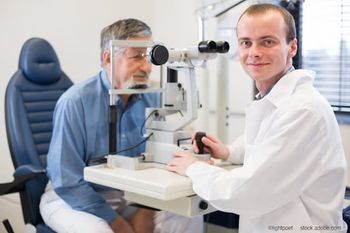
The video-driven platform equips ophthalmic practices with tools to standardize education, improve workflow, and foster technician engagement.

Optain Health secures $26 million in Series A funding to enhance AI-driven retinal disease detection and expand its technology.

OpZira’s product portfolio includes AdaptDx Pro and the NOVA Vision Testing System.
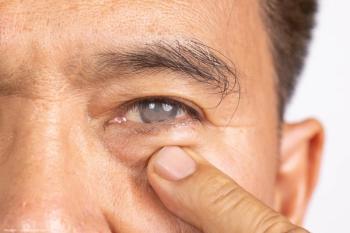
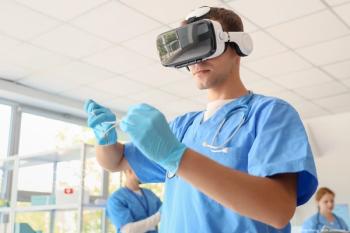
Virtual reality and artificial intelligence are reshaping medical education.

The goal is to provide an end-to-end operating system that unifies clinical, operational, and financial workflows.
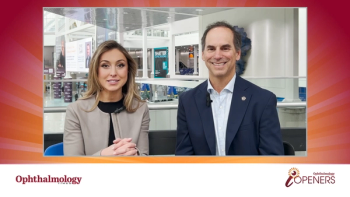
In episode 1, Bill Trattler, MD, shares practical advice on documentation, patient communication, keratoconus management, and advanced lens technology.

Marguerite B. McDonald, MD, FACS, shares a front-row view of ophthalmology’s “revolution with a capital R."

The ADAPT study will evaluate the safety and effectiveness of the Calibreye surgical system in up to 70 patients with refractory glaucoma.

Current applications and future outlook on integrating robotic technology in the operating room.

Real-time data analysis and intelligent automation help streamline key steps.

Robotic laser arcuate incisions reduce variability and residual astigmatism.

Optomed Lumo launches a versatile handheld fundus camera, enhancing retinal imaging accessibility in diverse healthcare settings across the US.


At the CCOI-Stanford Summit, Goldberg calls for collaborative trial models that could redefine efficiency and standardization in ophthalmology research.
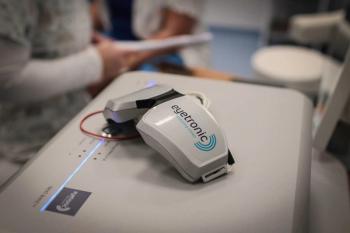
Eyetronic is a noninvasive treatment for glaucoma that provides external neural stimulation to the optic nerve of patients.

OpenAI's ChatGPT-4o enhances ophthalmological image generation, producing realistic retinal photographs while highlighting the need for further research in training datasets.
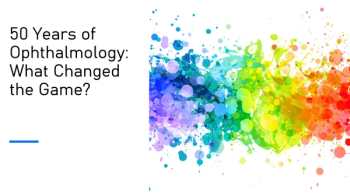
In honor of Ophthalmology Times’ 50th anniversary, anterior segment surgeons attending ASCRS 2025 weigh in on the innovations that defined modern ophthalmology.

The program allows patients to undergo genetic testing and high-resolution retinal imaging anonymously and provide insights into both ocular and systemic diseases.

Patients express mixed feelings about AI in health care, favoring its use for documentation and administrative tasks while demanding transparency and safety standards.
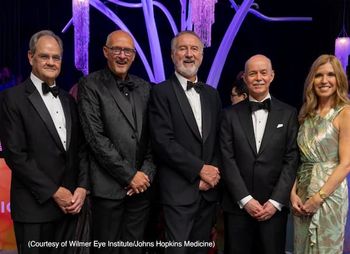
From Nobel laureates to AI-driven research, the Wilmer Eye Institute honors a century of transforming vision science and care.
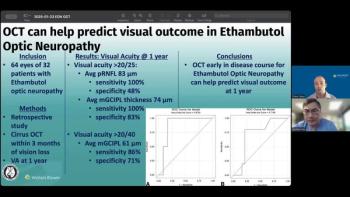
Andrew G. Lee, MD, and Drew Carey, MD, discuss how baseline optical coherence tomography parameters can help ophthalmologists counsel patients and make more informed decisions after ethambutol-associated optic neuropathy.
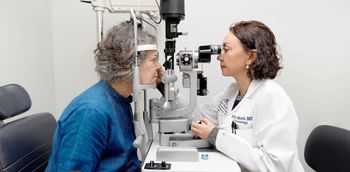
Q&A: Kira Manusis, MD, on how the Center for Refractive Solutions is redefining patient care at NYEE
As its director, Manusis outlines the facility’s role in delivering advanced, personalized solutions to improve vision and patient experience.

Funding will support continued product development, while the board is composed of “global leaders in posterior and anterior segment eye care, artificial intelligence and clinical trial design.”

With detailed imaging and cognitive data, the Northern Ireland Cohort for the Longitudinal Study of Aging highlights the potential of integrating eye scans into broader health research.


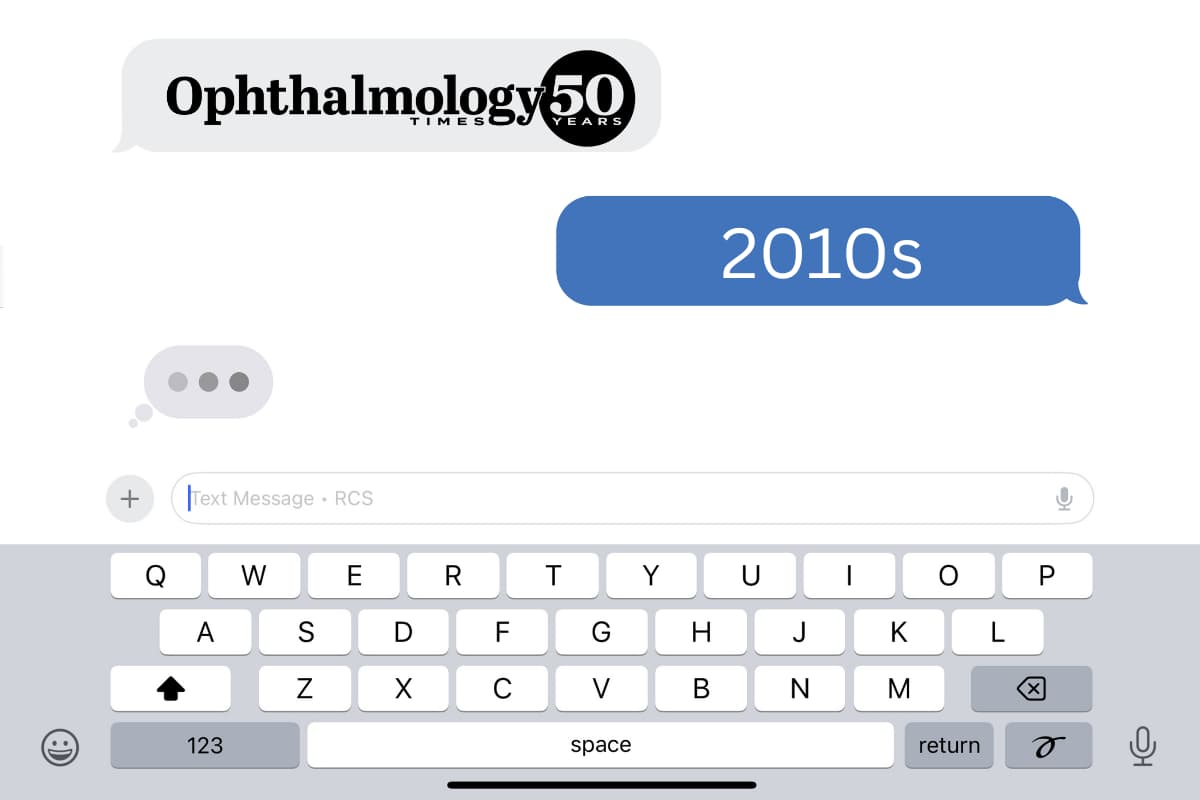
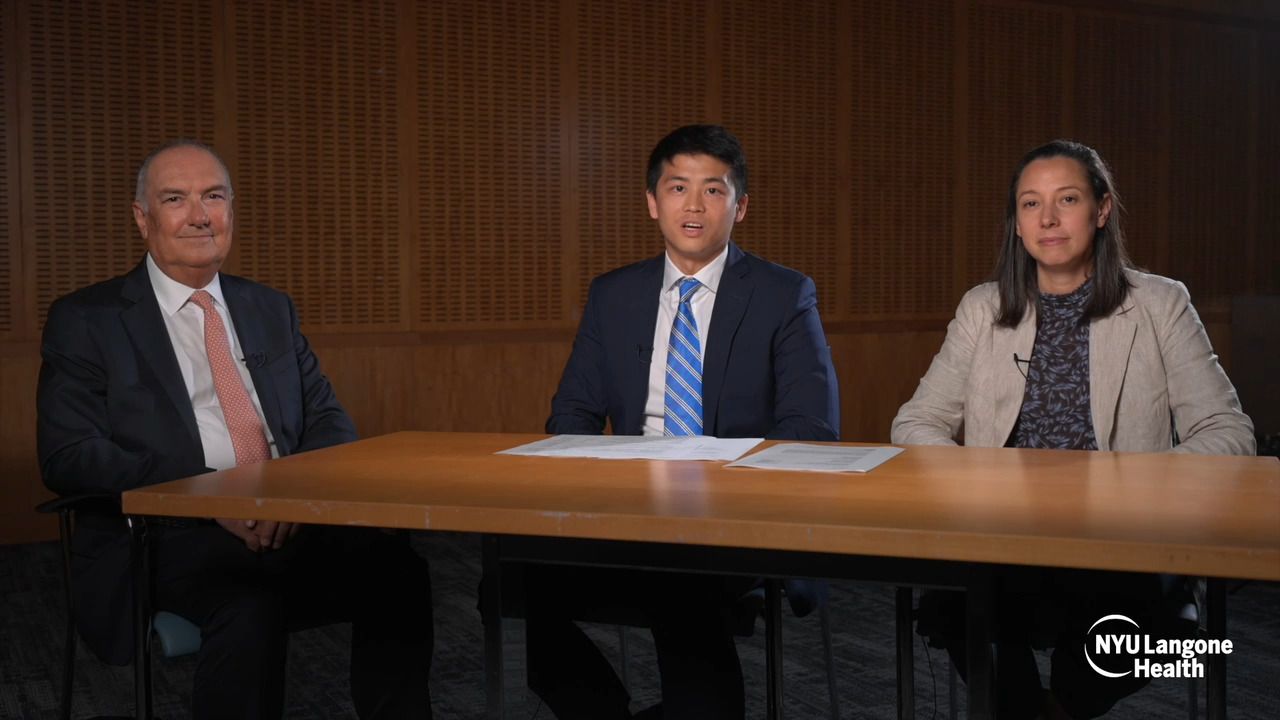




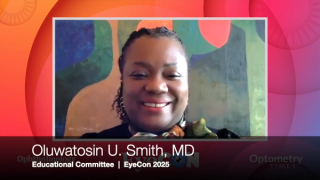
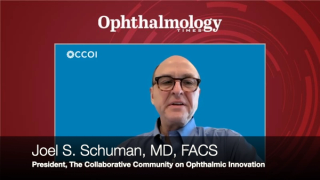



















































.png)


